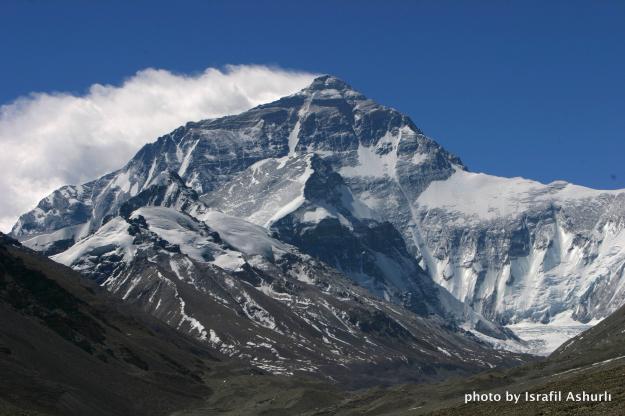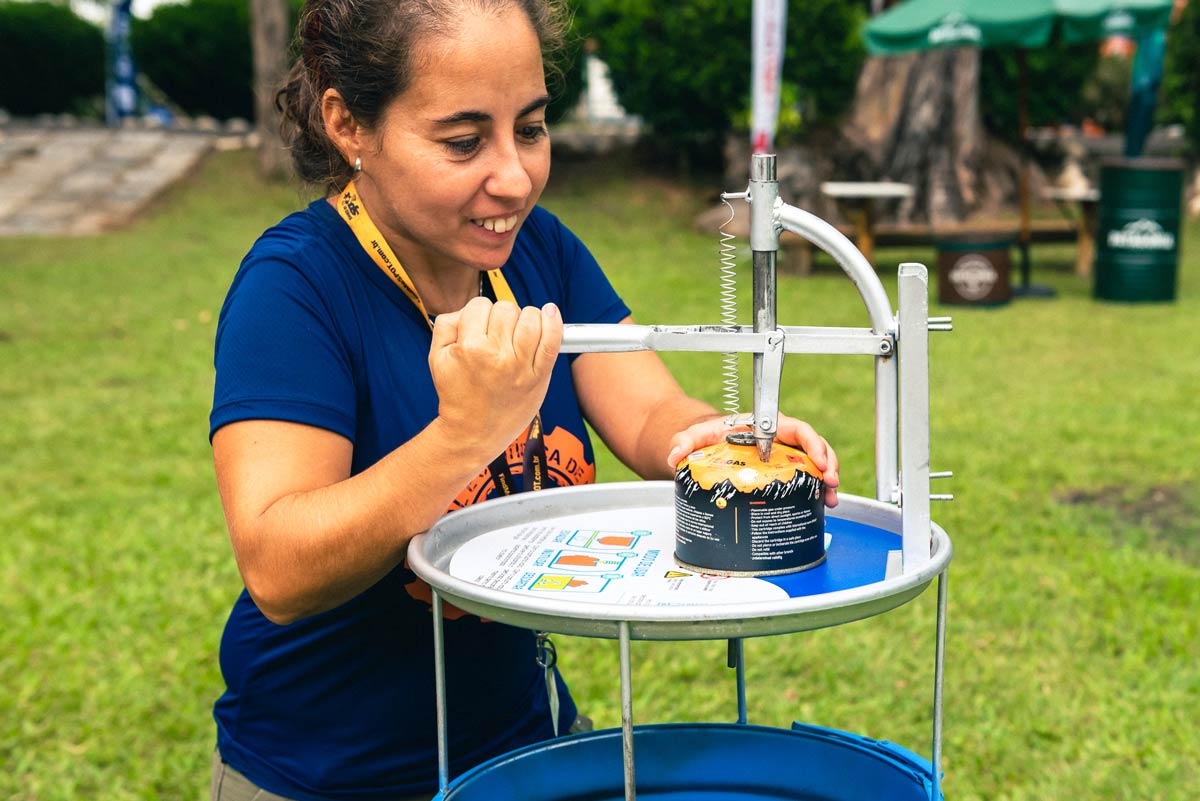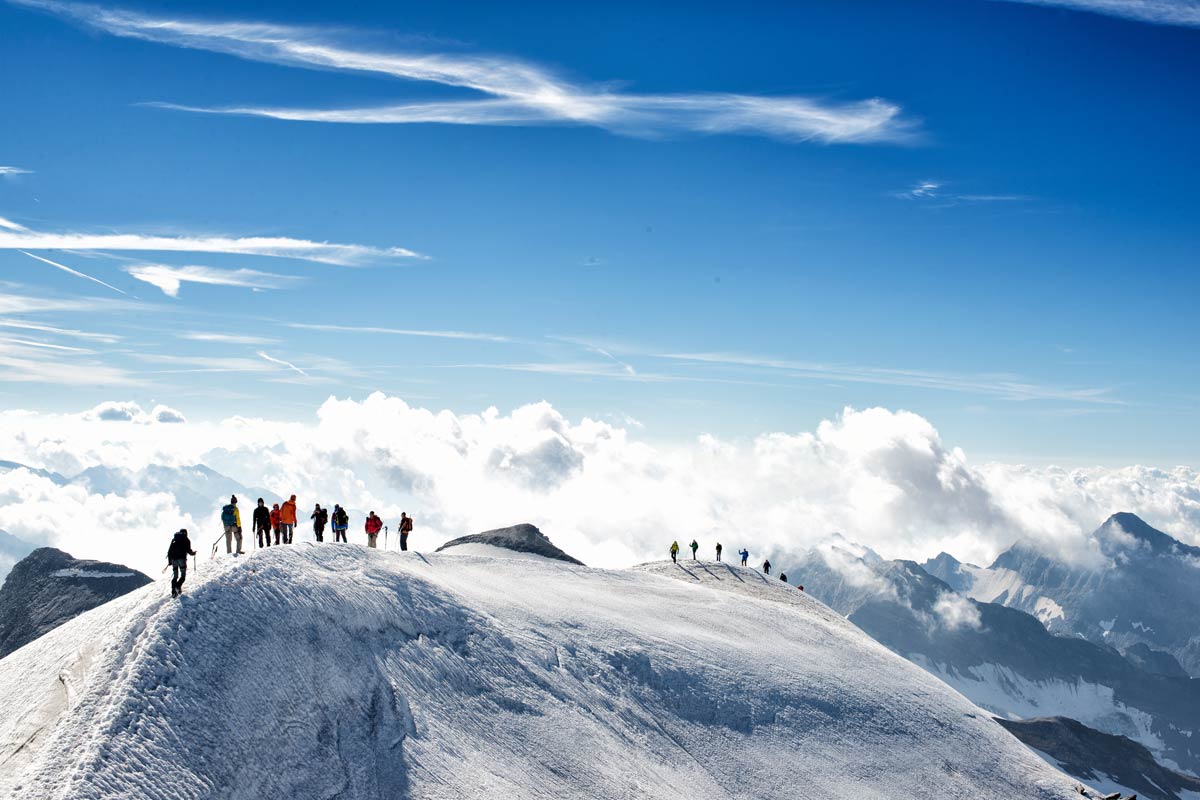“We hope to attract more climbers and also at the same time better manage the climbing teams. This will allow the smaller teams and individuals more freedom when they climb Everest,” Burlakoti said.
The new fee published in the in the Nepal gazette on 12 February 2014, shows the amended royalty fees for foreign and Nepalese climbers as follows.
- Royalty for Foreign Climber per Person in US Dollar
| S.N. | Mountain | Spring Season | Autumn Season | Winter/Summer |
| 1. | Everest Normal Route | 11000 | 5500 | 2750 |
| 2. | Everest Other Route | 10000 | 5000 | 2500 |
| 3. | Others Mountain more than 8000 m. | 1800 | 900 | 450 |
| 4. | 7501m.-7999m. | 600 | 300 | 150 |
| 5. | 7000m. – 7500m. | 500 | 250 | 125 |
| 6. | 6501m – 6999m. | 400 | 200 | 100 |
| 7. | Mt. Amadablam (6812M) | 400 | 400 | 200 |
| 8. | Less than 6500m. | 250 | 125 | 70 |
- The provision of Royalty for foreign climbers will come into effect from 1 January 2015 (B.S.2071/09/17)
- Royalty for Nepalese Climber per Person in Nepalese Rupees
| S.N. | Mountain | Spring Season | Autumn Season | Winter/ Summer |
| 1. | Everest Normal Route | 75000 | 37500 | 18250 |
| 2. | Everest Other Route | 60000 | 30000 | 15000 |
| 3. | Others Mountain more than 8000 m. | 10000 | 5000 | 2500 |
| 4. | 7501m.-7999m. | 8000 | 4000 | 2000 |
| 5. | 7000m. – 7500m. | 6000 | 3000 | 1500 |
| 6. | 6501m – 6999m. | 5000 | 2500 | 1250 |
| 7. | Mt. Amadablam (6812M) | 8000 | 8000 | 4000 |
| 8. | Less than 6500 m. | 4000 | 2000 | 1000 |
- Royalty for Nepalese climbers will come into effect from 13 February 2014 (B.S.2070/11/01).
- The Mountaineering Royalty has been totally waived to the mountains situated on Mid Western and Far Western Development Region of Nepal for 5 years effecting from 2070/04/01-2075/03/32 (16 July 2013 to 15 July 2018).
Ministry of Culture, Tourism and Civil Aviation of Nepal has expected that the timely amendment in Royalty for mountaineering in Nepal will be the milestone for the promotion of Nepalese Mountaineering Sector around the World.
(Madhusudan Burlakoti)
Joint Secretary
KATHMANDU, Nepal – Nepal will slash the climbing fees for Mount Everest to attract more mountaineers to the world’s highest peak, even as concerns grow about the environmental effects of climbers who already crowd the mountain during the high season.
Madhusudan Burlakoti, head of Nepal’s Department of Mountains, said Friday that beginning next year, it will cost $11,000 per climber to climb Everest.
Under the current rules, a single climber pays $25,000. But larger groups get discounted rates, with a group of seven paying $70,000. The discount encourages climbers to team up even if they have vastly different experience and barely know each other, Burlakoti said.
Now, Nepal will charge a flat, per-person fee, regardless of the group’s size.
“We hope to attract more climbers and also at the same time better manage the climbing teams. This will allow the smaller teams and individuals more freedom when they climb Everest,” Burlakoti said.
The cost of climbing Mount Everest has drawn criticism by those who say the sky-high prices allow only the very rich to climb the peak. But environmentalists are concerned about the strain tourism puts on the mountain.
“The government should have done a proper study of the impact before deciding to allow more climbers on the mountain. More climbers would naturally mean negative impact on the mountains,” said Dil Bahadur Gurung of the Kathmandu Environment Education Project, a non-profit group working around Everest region.
Gurung said the high fees helped keep the number of climbers low.
Last spring, 810 climbers attempted to scale Everest from the Nepalese side.
Garbage including food wrappers, climbing gear and oxygen cylinders, has littered the mountain in recent years, and some people have referred to Everest as the world’s highest garbage dump.
Italian climbing legend Reinhold Messner has called for Nepal to close down Everest for a few years for the mountain to rest and recover. But Nepal has refused. The country collects $3.3 million annually from climbing fees. Tens of thousands more Nepalese hotel owners, trekking guides and porters depend on these climbers for their livelihoods.
Nepal has eight of the 14 highest mountains in the world. The fees for those peaks are much lower but are being reduced as well for the thousands of climbers who come to Nepal each year.
Ang Tshering, who headed a government committee to review mountaineering royalty and mountain tourism in Nepal, said the government plans to more strictly monitor climbers to make sure they bring down all their climbing gear, food wrappings and oxygen cylinders.
“Our focus has been on minimizing the negative impact on the environment in the Everest region,” Tshering said.



